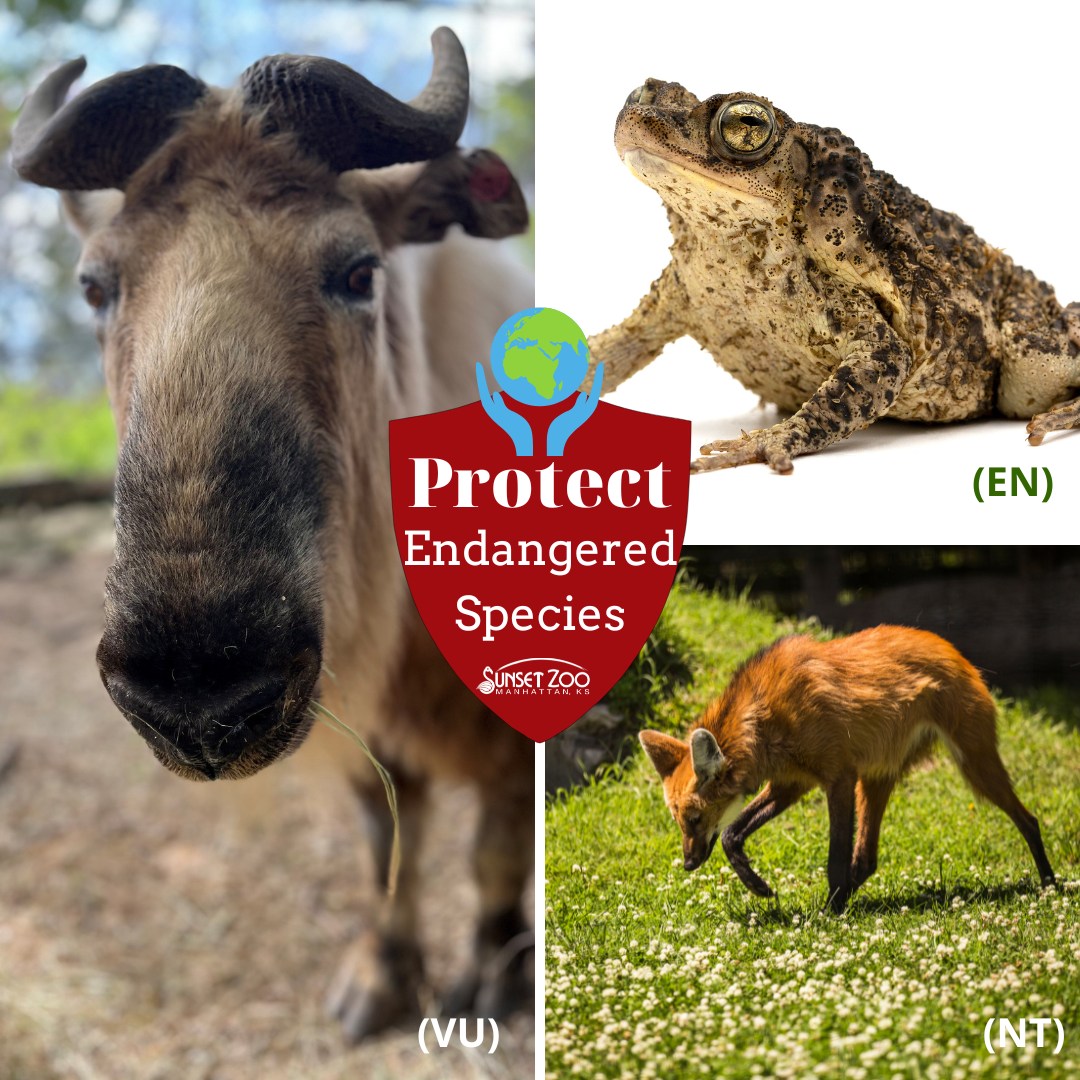- The significance of the IUCN Red List for conservation efforts worldwide.
- Key factors leading to species endangerment and the impact on biodiversity.
- Effective strategies for wildlife conservation and species recovery.
- The role of community engagement and education in wildlife protection.
- How technology and innovation drive progress in conservation initiatives.
The IUCN Red List of Threatened Species serves as a critical resource, providing data on the conservation status of various species. It plays a crucial role in shaping global conservation efforts by assessing extinction risks and helping prioritize actions. The Red List is pivotal for researchers, governments, and organizations striving to protect biodiversity.
Species endangerment arises from multiple factors such as habitat destruction, climate change, pollution, and illegal wildlife trade. These challenges contribute to the decline of many species, disrupting ecosystems and reducing biodiversity. Addressing these threats requires targeted interventions focused on habitat preservation, legal protection, and sustainable practices.
Conservation strategies are essential in mitigating the risk of extinction. Successful efforts include habitat restoration, anti-poaching measures, and captive breeding programs. These initiatives are supported by international treaties and policies aimed at protecting critical wildlife areas and ensuring sustainable use of natural resources.
Community involvement and education are vital components of conservation. Empowering local populations through awareness programs and sustainable development projects fosters a sense of responsibility and connection to the environment. Educational initiatives increase understanding of ecological significance and encourage protective behaviors.
Technology and innovation have become key drivers in advancing conservation. Tools such as GIS mapping, drone surveillance, and genetic research enhance monitoring and protection efforts. Innovative approaches, including artificial intelligence for data analysis, enable more effective conservation planning and implementation to safeguard species and habitats globally.
*****
Source Description
This let’s raise awareness, support conservation efforts, and protect the incredible creatures who share our planet. 🐾🌏
Check out your favorite species on the IUCN Red List to learn more about their conservation status and how you can help protect them, https://www.iucnredlist.org/en.


